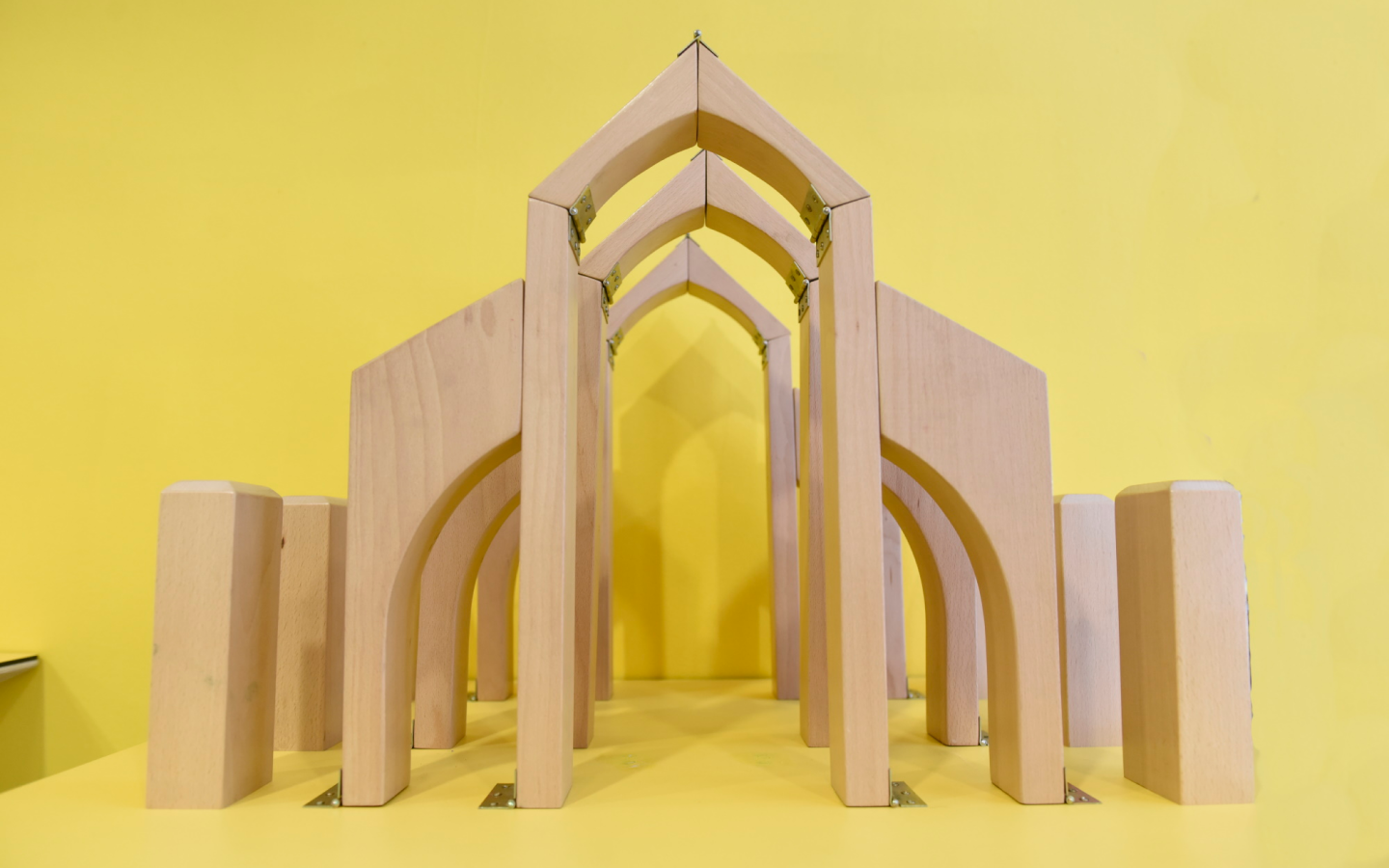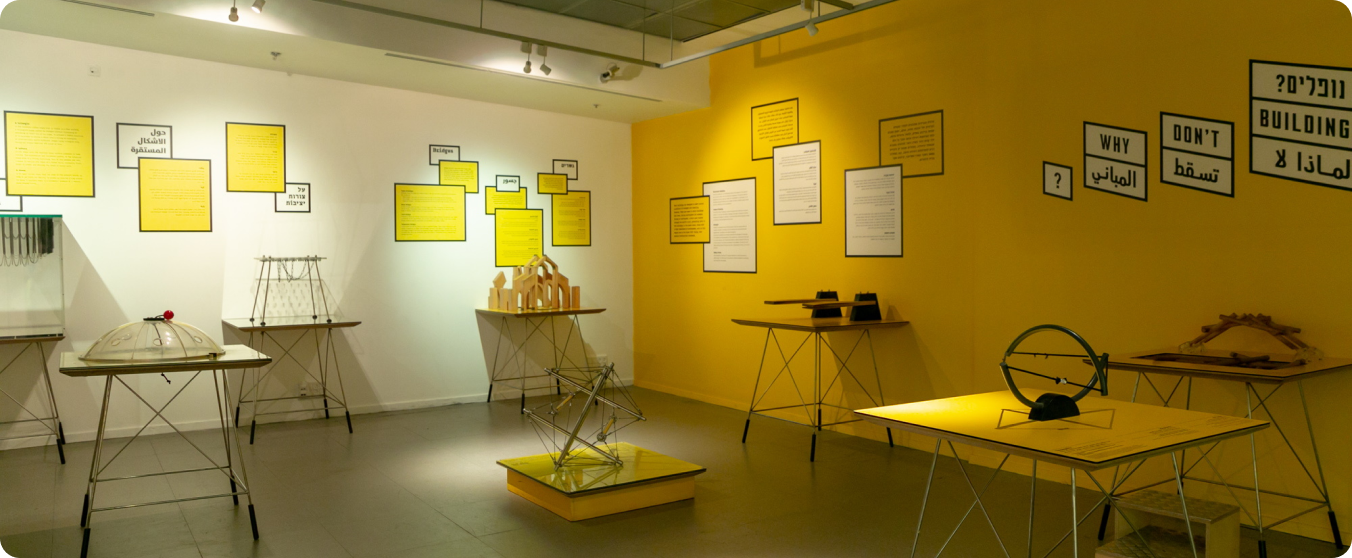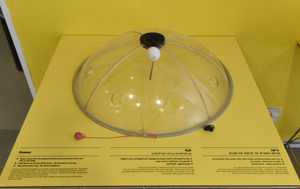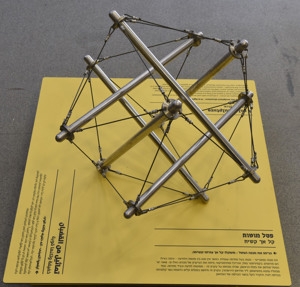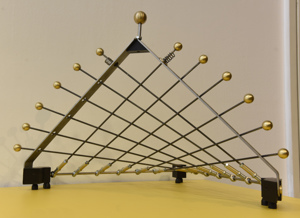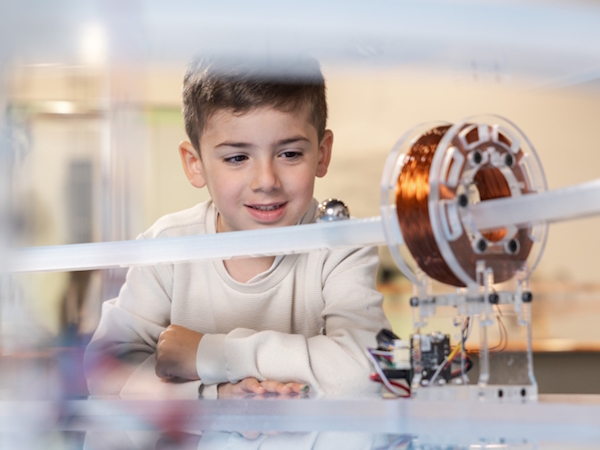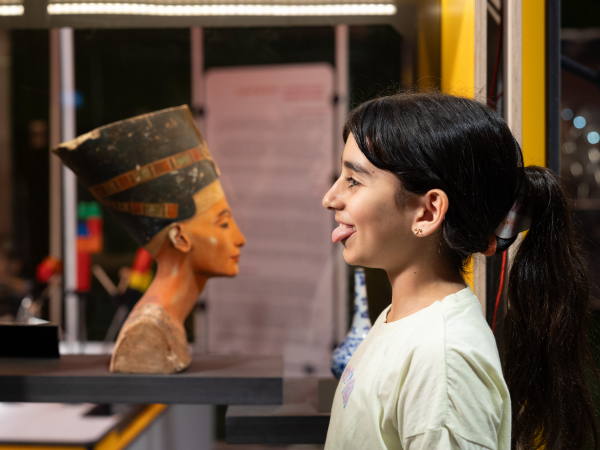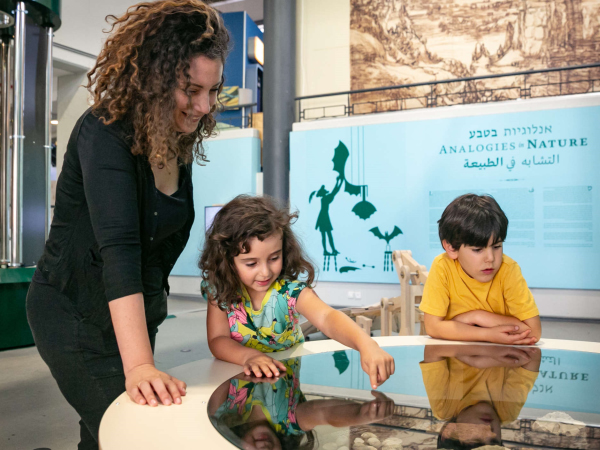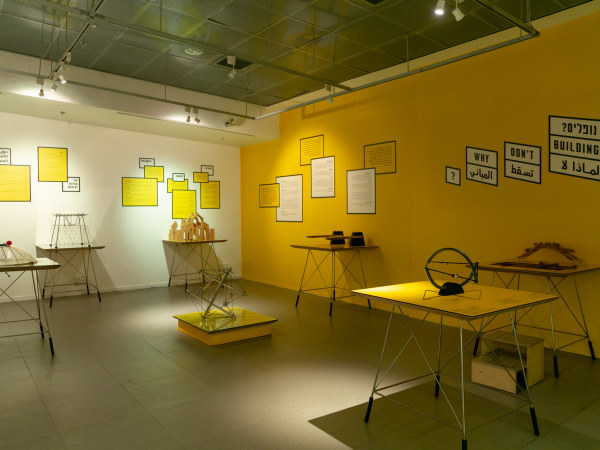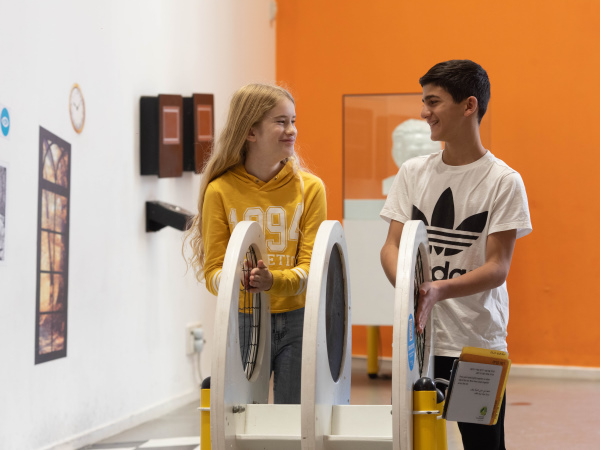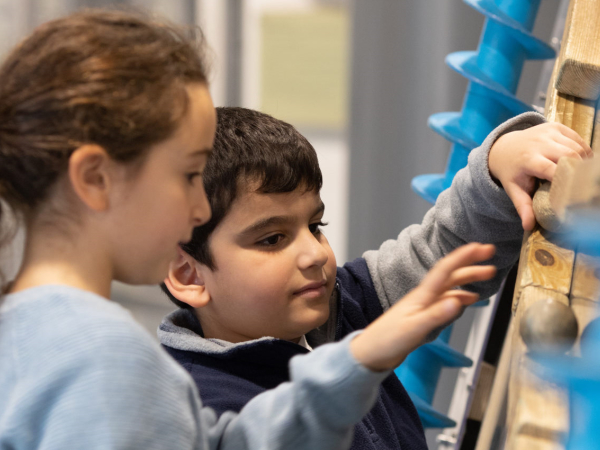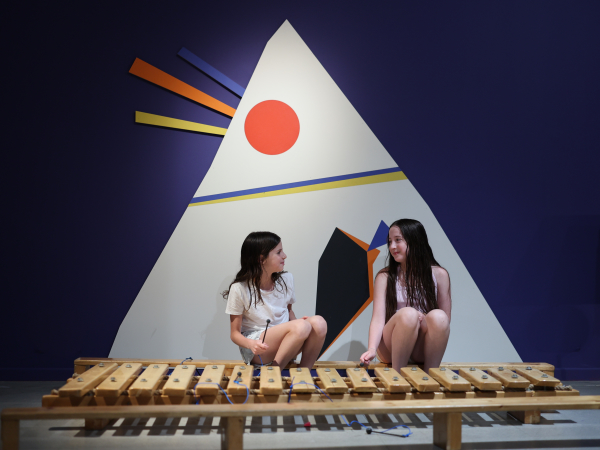About the Exhibition
As soon as we stepped out of the cave, we began to build structures: a shed to live in, a small bridge to cross the river, a well from which to draw the river water…
Our ancestors did not even know that they were relying on science and utilizing specific technologies. Experience, intuition and basic knowledge about materials and methods of construction passed down from generation to generation, enabling humans to enhance and improve their structures.
This happened long before such knowledge was categorized and given names, such as engineering, physics or mathematics. Nature, too, has an abundance of fascinating structures based on the same laws and principles.
Over time, construction evolved and structures became increasingly more complex, more sophisticated and more robust. Today, we know that a structure relies not only on certain materials but on knowledge, too.
Today, science and technology permit us to build almost everything: from skyscrapers to underground cities; houses made of stone and buildings made of steel and glass; huge dams, and wells that plunge hundreds of meters deep; cantilevers extending out over empty spaces, and robust bridges built over deep and narrow valleys, and designed to hold massive weights.
In order to test the structural robustness of buildings, and before fortunes are invested in their construction, an effective testing tool has been developed – models.
In “Why Don’t Buildings Fall?” visitors are invited to experiment with models – build them from scratch, assemble them, and test their strength.
You’ll learn how to make your own beam and how to design a cantilever bridge; you’ll find out what makes a cantilever strong and sturdy; how Da Vinci planned a self-supporting bridge so many centuries ago; how the Leaning Tower of Pisa remains standing; and how the master masons managed to make Gothic churches so tall, yet so stable.
